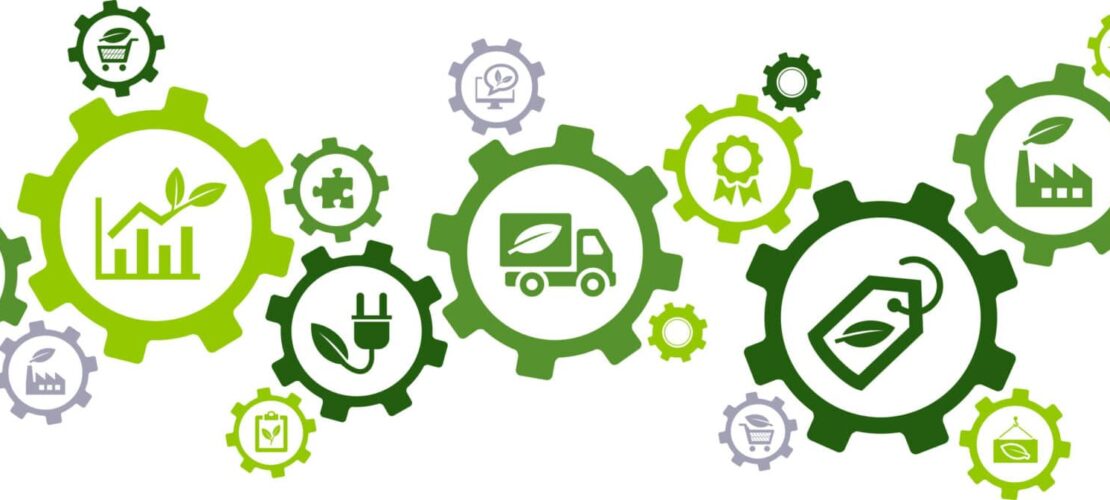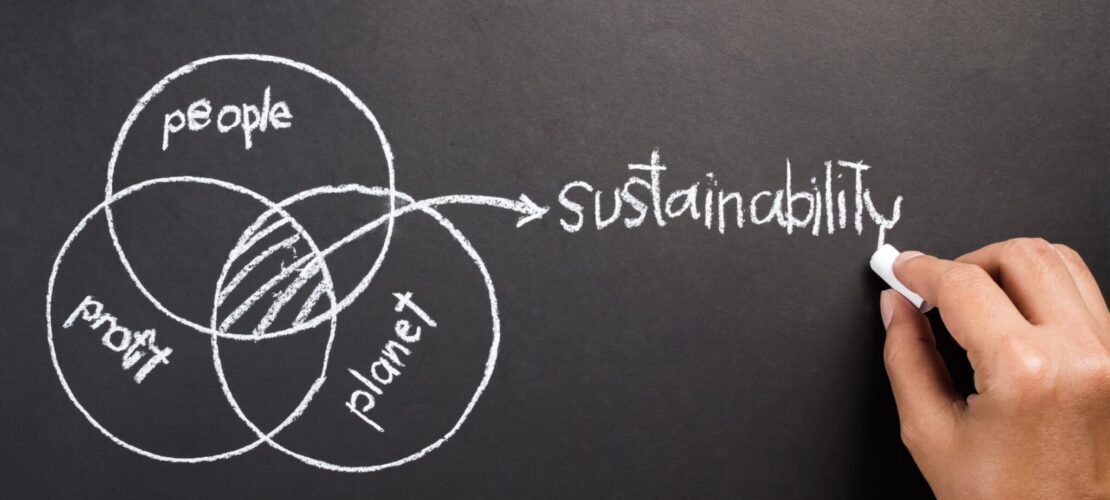
Over the last 20 years, the world’s top businesses have kicked their sustainability efforts into high-gear. As fear of climate change grips markets around the globe, corporate giants like Walmart, Unilever, Pepsi, and Nike have implemented ambitious plans to slash their carbon footprints. Despite recent progress towards a greener economy, a major sector of the business world has been slow to adapt: supply chains.
It is no secret that supply chains pose unique obstacles to environmental reform. In fact, businesses in the United Nations Global Compact rank their own supply chains as the “biggest challenge to improving their sustainability performance.”
In the era of globalization, supply chain operations span across continents, operate at enormous scales, and involve dozens – if not hundreds – of partnerships. While modern-day supply chains have fueled economic growth and dramatically increased consumer choice, they have also made it more difficult for business leaders to exert full control over their operations.
There are many reasons why it is so challenging to make supply chains less taxing on the environment. For one, most supply chains involve multi-layered transnational partnerships, which makes it difficult for government agencies to exert regulatory control over them. The geographic sprawl of supply chains also produces enormous transportation-related emissions.
The end-point of the supply chain (product disposal) is largely in the hands of consumers, rather than producers. Product disposal is one of the primary drivers of supply chain pollution. The fashion industry is a prime example of just how severe our waste disposal problem is. The United States Environmental Protection Agency reports that, in 2018 alone, landfills received 11.3 million tons of textiles.
WHY IT’S TIME TO INVEST IN SUSTAINABLE SUPPLY CHAINS
Making supply chains sustainable and more ecological will undoubtedly be difficult. However, it is more important than ever for organizations to invest in supply chain sustainability. This is true, not just because we are starting to feel the effects of a warming climate, but also because consumer demand for sustainable brands is at an all-time high.
Studies show that consumers – in particular, Millennials and Gen Z’s – place a premium on sustainability. This Cone Communications Millennial CSR study found that 62% of Millennials are willing to take a pay cut to work for a sustainable or socially responsible company. The same study found that 86% of Millennials would buy a product with a social or environmental benefit. These trends suggest that sustainability is quickly becoming a top consumer priority, and taking steps towards sustainability could give businesses an edge over their competitors.
The sustainability potential of supply chains has been largely untapped. And because supply chains generate such a large share of companies’ pollution, relatively small protocol changes could result in tremendous emissions reductions.
HOW THE THREE P’S OF SUSTAINABILITY CAN TRANSFORM SUPPLY CHAINS

Greening our supply chains will not be easy. A task this complex requires a holistic approach that can effectively balance business needs against sustainability efforts, which are often considered to be at odds with each other. Using the three P’s of corporate sustainability – Planet, People, and Profit – business leaders can identify opportunities for sustainable growth while maintaining profitability.
The three P’s were first popularized by environmental activist John Elkington in his book, Cannibals with Forks: Triple Bottom Line of the 21st Century. In this text, Elkington conceptualized the Triple Bottom Line (TBL) approach to business sustainability. As the name suggests, the TBL approach consists of three distinct bottom lines: Planet, People, and Profit.
The purpose of the three P’s is to empower businesses to achieve goals other than just profit-making (while still prioritizing profits). With this approach, business leaders should give equal weight to environmental (Planet), societal (People), and financial (Profit) impacts when making business decisions.
Elkington’s proposal, in order words, redefines the idea of business performance. Rather than only considering financial (Profit) performance, it also takes into account environmental (Planet) and social (People) performance. Thus, organizational decisions are consistently made with the ultimate goal of maximizing profits, positive social impact, and positive environmental impact.
A strength of the three P model of sustainability is that it does not negate the importance of profit. Rather, it takes the highly effective practice of profit-maximization and encourages businesses to apply it towards People and the Planet.
The three P model does not necessarily prioritize one bottom line over another. Instead, all three bottom lines should be targeted rigorously and balanced against each other.
Another key benefit of the three P model is that it shines a light on the synergies between ecological (Planet), social (People), and financial (Profit) goals. This makes it a highly practical approach for business leaders looking to amp-up their supply chain sustainability without sacrificing profitability.
BALANCING THE THREE P’S IN YOUR SUPPLY CHAIN SUSTAINABILITY APPROACH
The most advantageous opportunities for sustainability investment in your supply chain will be at the intersection of the three P’s. Targeting initiatives that simultaneously propel your business toward Planet, People, and Profit objectives is key.
Let’s consider a project that would maximize social contribution, positive environmental impact, and profits: supply chain codes. Supply chain codes, or supply chain codes of conduct, are contractual agreements that bind supply chain partners and subcontractors to certain standards.
Implementing a supply chain sustainability code that holds partners to ethical and environmental standards would hit all three P’s at once. First, it would provide a positive social impact because it would ensure humane treatment of laborers across your supply chain. Second, it would create a positive environmental effect by requiring all partners to adhere to higher ecological standards. Finally, it would positively influence profits by mitigating risk, improving brand image, and strengthening your vendor relations.
Let’s examine another scenario where the three P’s overlap: creating donation partnerships for returned or unsold goods. Imagine your business partners with charitable organizations to donate unsold, returned, or slightly-damaged goods. This arrangement would clearly benefit People and the Planet. It would create a positive social impact by providing resources to people in need, and it would have a favorable environmental outcome by reducing waste. But what about profit?
Not every initiative will satisfy all three P’s – and that is okay. This framework is effective even when synergy is identified only between two bottom lines. However, this particular initiative also happens to have an indirect Profit benefit. With more and more consumers supporting businesses that exhibit corporate social responsibility, undertaking an altruistic project could also increase profit in the long-run by enhancing brand reputation.
CONCLUSION
The global supply chain has lagged behind other areas of the economy in adopting sustainable practices. The very characteristics that make supply chains so effective – partnerships, transnationalism, and scale – also impede the implementation of greener protocols.
At the same time, markets are demanding greener practices from corporations. Emerging trends indicate that eco-friendly practices may allow certain brands to gain an advantage over the competition, as consumer preferences increasingly favor sustainable companies.
The scale and complexity of our global supply chains demands an approach that ensures sustainability progress while achieving economic goals. The three P model of sustainability, also known as the Triple Bottom Line, provides business leaders with a holistic schema with which to achieve social, environmental, and financial objectives simultaneously.
By utilizing the three P’s, supply chain leaders can identify the synergies between Planet, People, and Profits and align investments within that space. Thus, the three P model of corporate sustainability illuminates a promising pathway for greening our supply chains at a time when change is more important than ever.
If your organization looking to maximize your supply chain sustainability efforts, our supply chain consultants can assist your with strategy and implementation. Contact RTG Solutions Group today.
